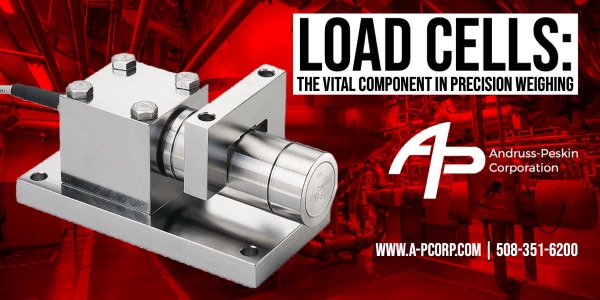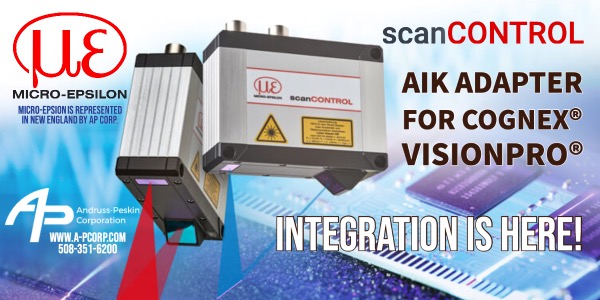Instrument calibration stands as a critical activity in process control industries. It ensures that the tools and devices used to monitor, measure, and control various processes deliver accurate and reliable results. The value of this activity, foundational to production quality, safety, and efficiency, is irreplaceable.
When we speak about guaranteeing quality, instrument calibration takes center stage. Industries like chemical, pharmaceutical, food and beverage, and oil and gas depend heavily on precise measurements to produce consistent, high-quality products. A pharmaceutical company, for instance, cannot afford slight deviations from specified parameters as they could lead to non-compliance with standards or the production of ineffective drugs. Regular calibration of instruments, therefore, forms an essential part of quality control.
Instrument calibration also plays a significant role in maintaining safety, becoming extremely critical when industries work with hazardous substances or high-risk processes. For example, a chemical plant's incorrectly calibrated pressure sensor could lead to over-pressurization and dangerous incidents. In this case, regular calibration can reduce the risk of equipment failure and the associated hazards, thus providing a safer environment for the facility and its workers.
Furthermore, the calibration of instruments can enhance operational efficiency. Instruments delivering accurate readings minimize the likelihood of process anomalies, downtime, and product waste, contributing to the efficiency of operations. By detecting and correcting inaccuracies early on, industries can avert expensive repairs or replacements and potential penalties from regulatory bodies for non-compliance.
4Sight2 from Druck, a Baker Hughes business, offers easy-to-use, cost effective and scalable calibration management that is equally effective for single use or global multi-site operations. This configurable software is designed to Empower Your Organization to Operate Simply and Securely, connecting your people to instruments, data and enhanced analytics.
With purchase of a new Druck Freemium documenting calibrator you are entitled to a free 4Sight2 Lite license. This hardware + software solution automates your calibration process at no extra cost. Using your free 4Sight2 license with your portable calibrator can achieve:
- Error proof & time saving calibration management
- Up to 40% cost savings
- Asset management tools
- Calibration certificates, compliant and audit-ready data
- Fully paperless and traceable
- Truly global in multiple languages
For more information about
Druck products in New England, contact AP Corp.
https://a-pcorp.com(508) 351-6200






